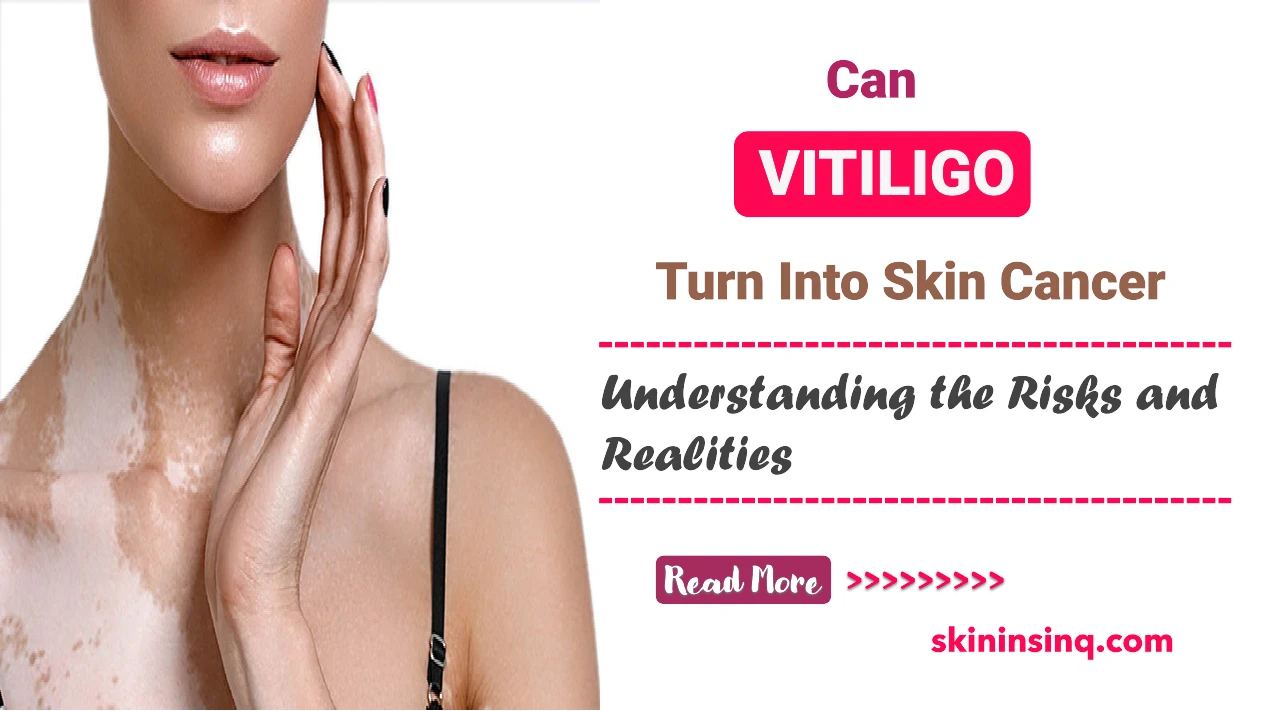Can Vitiligo Turn Into Skin Cancer? Understanding the Risks and Realities
Can Vitiligo Turn Into Skin Cancer? Understanding the Risks and Realities
Vitiligo is a non-contagious skin condition characterized by the loss of pigment-producing cells called melanocytes, resulting in white or depigmented patches on the skin. While the condition itself is not harmful, it often raises concerns about long-term skin health—particularly whether it increases the risk of skin cancer. This question is common among patients and caregivers, especially because pigment loss may make the skin seem more vulnerable to damage. So, can vitiligo turn into skin cancer? Let’s explore the facts.
Vitiligo Itself Does Not Cause Skin Cancer
The good news is that vitiligo does not turn into skin cancer. It is an autoimmune condition where the immune system mistakenly attacks melanocytes, but it is not a precancerous or cancerous condition. People with vitiligo are not inherently more likely to develop skin cancer because of the condition alone.
Reduced Melanin and UV Sensitivity
Melanin, the pigment lost in vitiligo, provides some natural protection against the harmful effects of ultraviolet (UV) radiation. Because vitiligo-affected areas lack melanin, they can be more sensitive to sunburn. However, this increased sensitivity to sunlight doesn’t directly mean a higher risk of developing skin cancer—especially not more than in people with naturally fair skin who also have lower melanin levels.
The concern arises because repeated sunburn and long-term UV exposure are known risk factors for skin cancer, particularly squamous cell carcinoma and basal cell carcinoma. This makes sun protection essential for individuals with vitiligo.
Research on Vitiligo and Cancer Risk
Interestingly, some studies have suggested that people with vitiligo may actually have a lower risk of developing melanoma, the most dangerous form of skin cancer. This may be due to the heightened immune surveillance in vitiligo patients, where the immune system is more active in recognizing and attacking abnormal pigment cells, including potentially cancerous ones. However, this doesn’t eliminate the need for sun safety.
Importance of Sun Protection
Even though vitiligo does not turn into skin cancer, the affected skin is more prone to sun damage. Therefore, proper sun protection is vital:
-
Use broad-spectrum sunscreen with SPF 30 or higher daily.
-
Wear protective clothing, including hats and sunglasses, when outdoors.
-
Seek shade during peak sunlight hours (10 a.m. to 4 p.m.).
-
Avoid tanning beds, which can increase UV exposure risk.
When to See a Doctor
Any changes in the appearance of the skin—such as the development of a new mole, changes in size or color of existing moles, or sores that don’t heal—should be evaluated by a dermatologist. Regular skin checks are recommended, especially for those with a family history of skin cancer or prolonged sun exposure.
Conclusion
Vitiligo does not cause or transform into skin cancer. However, because depigmented skin lacks melanin, it requires diligent protection from UV rays. By understanding the condition and taking proactive steps to shield the skin, individuals with vitiligo can maintain healthy skin and reduce the risk of sun-related damage.

Related Blog
What Causes Oily Skin and Can It Be Managed Naturally? Exploring Root Causes and Gentle Solutions
Aug 2, 2025 by Admin
General
What Are the Signs That You Have Sensitive Skin? Key Symptoms to Help You Identify This Delicate Skin Type
Aug 1, 2025 by Admin
General